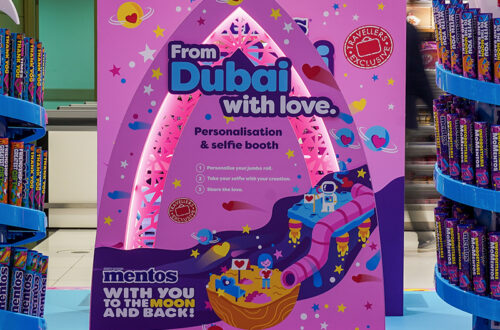Common Habits That Impact The Performance Of Architectural Model Makers
Building a small model is a big job. Architectural model makers turn complex drawings into physical forms you can hold. Their work helps everyone see and understand a future building. But some everyday habits can slow them down and affect the quality of their creations.
Here’s a list of common habits that can get in the way of great model making.
A messy workspace:
Model makers Dubai use tiny pieces and sharp tools. A cluttered desk is a dangerous desk. When scraps of material, glue, and blades are mixed together, accidents can happen. A small spill can ruin a delicate paper structure. A lost tiny part can stop assembly. Keeping a clean and organized space is a simple way to work better and safer.
Rushing the first steps:
A model is only as good as its foundation. The planning stage is very important. A common mistake is to start cutting materials right away. Skipping time to fully understand the drawings leads to problems. Pieces might not fit together. Parts of the model could be missing. Taking time at the start saves a lot of time later.
Ignoring material behavior:
Not all materials act the same. A habit of using the same glue or blade for everything can cause trouble. Some plastics melt with strong glue. Certain woods can split if cut the wrong way. Warping is another issue. A thin piece of material can bend from humidity or glue. Good model makers test materials first to learn how they behave.
Poor tool maintenance:
A dull blade is a model maker’s enemy. Using a blade that is no longer sharp forces you to press harder. This often leads to messy cuts and jagged edges. It also increases the chance the knife will slip and cause injury. The same goes for dirty tools. Built-up glue or residue can mark a clean white surface. Keeping blades sharp and tools clean makes work smoother.
Skipping the mock-up:
Building a full model without a test run is a risk. A mock-up is a small, fast version of a complex part. It helps you see if your idea works. A habit of skipping this step to save time often has the opposite effect. You might find a connection is weak or a scale feels wrong. Fixing a mock-up is easy. Fixing the final model is much harder.



